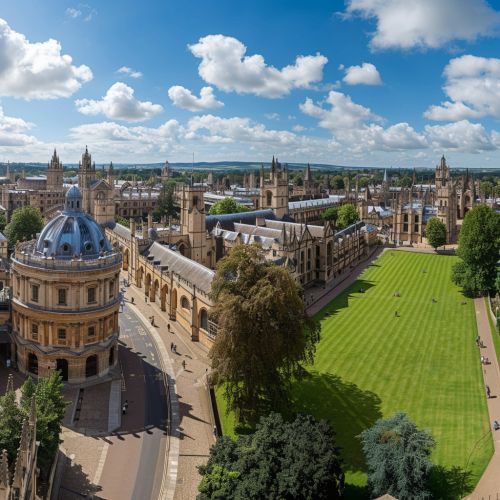George Hadley
Early Life and Education
George Hadley was born on February 12, 1685, in London, England. He was the youngest son of George Hadley Sr., a prominent London lawyer, and his wife, Katherine. Hadley's early education was at a local grammar school, where he excelled in mathematics and natural philosophy. He later attended the Oxford University, where he studied law to follow in his father's footsteps. However, his interest in natural philosophy, particularly meteorology, led him to abandon his legal studies.


Career and Contributions to Meteorology
After leaving Oxford, Hadley devoted himself to the study of natural philosophy, particularly focusing on meteorology and the mechanics of air movement. His most significant contribution to meteorology was his explanation of the trade winds. In 1735, he published a paper titled "Concerning the Cause of the General Trade-Winds", in which he proposed a theory that came to be known as the Hadley's Circulation.
Hadley's Circulation is a model of the Earth's atmospheric circulation, which describes a closed circulation loop in the tropics. According to this theory, warm air rises near the equator, moves towards the poles, cools and descends at around 30 degrees latitude, and then returns to the equator. This circulation pattern is now known as the Hadley Cell, and it is a fundamental concept in modern meteorology and climatology.
Hadley's work on the trade winds was groundbreaking. Before his work, the prevailing theory was that the trade winds were caused by the heat of the sun. Hadley, however, demonstrated that the Earth's rotation and the difference in solar heating between the equator and the poles were the main drivers of these winds. His theory was initially met with skepticism, but it was later accepted and is now a cornerstone of meteorology.
Later Life and Legacy
In his later years, Hadley continued his meteorological studies and made several other contributions to the field. He was elected a Fellow of the Royal Society of London in 1732, in recognition of his significant contributions to the field of meteorology.
George Hadley died on June 28, 1768, in Flitton, Bedfordshire. His work, particularly his theory of the trade winds, has had a lasting impact on the field of meteorology. The Hadley Cell, named in his honor, is a fundamental concept in understanding the Earth's weather patterns and climate.
